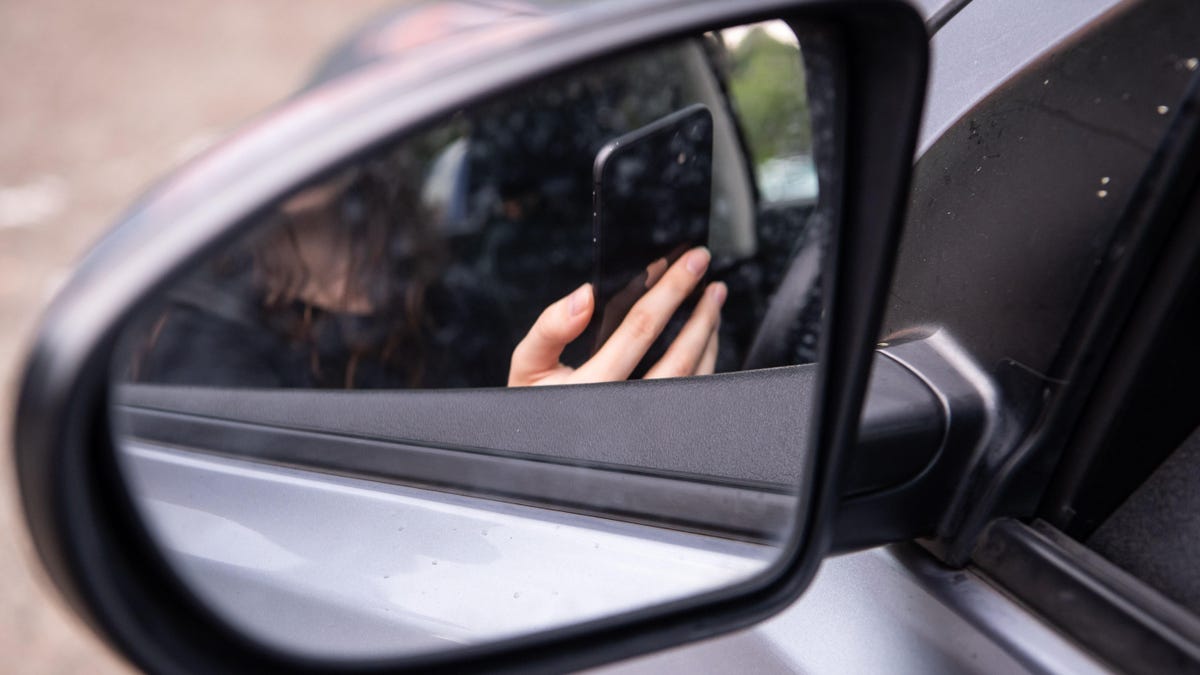The prevalence of collisions caused by distracted driving has increased at an alarming rate, leading traffic fatalities to spike in the last few years. NHTSA says that traffic deaths reached a 16-year high of nearly 43,000 in 2021 (the most recent year detailed data is available) but less than one percent were linked to cell phone use in the car, which is almost certainly a miscount, according to the New York Times.
Despite modern phones having the ability to track their own use, they are not voluntarily disclosing when they are involved in a crash. If you combine that with the fact that people are not likely to admit that they were using their cell phone at the time of a collision, it means smartphones are sneaking past official accident reports when, in fact, they could be a leading cause of car crashes in the U.S., as the NYT reports:
The absence of clear data comes as collisions are rising. Car crashes recorded by the police rose 16 percent from 2020 to 2021, to 16,700 a day from 14,400 a day, according to the National Highway Traffic Safety Administration. In 2021, nearly 43,000 Americans died in crashes, a 16-year high.
In 2021, only 377 fatal wrecks — just under 1 percent — were reported as having involved a cellphone-distracted driver, according to the traffic agency. About 8 percent of the 2.5 million nonfatal crashes that year involved a cellphone, according to the highway agency’s data.
But those figures do not capture all cellphone distraction; they include only crashes in which a police report specifically mentions such distraction. Often, safety experts said, cellphone use goes unmentioned in such reports because it typically relies on a driver to admit distraction, a witness to identify it or, in still rarer cases, the use of cellphone records or other phone forensics that definitively show distraction.
The oversight is suspicious considering just how much data phones gather from their owners’ usage patterns for the purposes of advertising and engagement. Phones are constantly surveilling their owners through sensors and cameras including GPS and accelerometers that compile troves of data. Researchers tell the NYT phones are capable of linking a car crash to their usage, but police are either unable or unwilling to follow the breadcrumbs left by these devices:
“That analysis is expensive, and unless the police really think there is a criminal case, they don’t do it,” said Dr. David Strayer, a cognitive scientist at the University of Utah and an expert in the science of driver distraction. He added that “unless someone fesses up to using the phone, the police don’t consider it to be a factor.”
Safety experts said the current data were effectively unscientific and inaccurate.
“It’s almost certainly an underestimate, because people don’t like to admit things like that,” said Jake Nelson, director of Traffic Safety Advocacy & Research for AAA. “It’s very frustrating to me that we don’t have access to better data, especially now that we’re at a 16-year high,” he added, referring to traffic fatalities.
Proving that a person was using their phone at the time of a crash can be an expensive process, so police rely on people admitting that they were driving distracted. The odds of someone doing so and thereby admitting liability are low, however, which adds to the frustration of how dangerous phones can be in the car. And don’t expect Apple or Google to disclose that information, either.
The New York Times cites the CDC, which notes that “at 55 miles per hour, sending or reading a text is like driving the length of a football field with your eyes closed.” And, yet, people admit they often use their phones in the car — on anonymous surveys, that is:
Drivers may not admit distractions to the police but they do admit to the behavior in anonymous surveys. In a nationally representative survey in 2022, the Insurance Institute for Highway Safety found that about 20 percent of drivers said they regularly scrolled social media, read email, played games, watched videos or recorded and posted them while driving.
The data, published in The Journal of Safety Research, found that 50 percent of drivers admitted to having engaged in device-related distraction in the last 30 days.
NHTSA admits that it is aware of the “significant underreporting” of distracted driving collisions linked to phones, and is currently investigating how to track and identify phone usage in cars. The answer could be deploying more traffic cams, which have been historically used to capture speeding drivers. Cameras are reasonably accurate when it comes to proving phone use, but more eyes on the road seems like overkill when the phones themselves could provide proof. Of course, the big problem will be getting phones to snitch on their owners.
